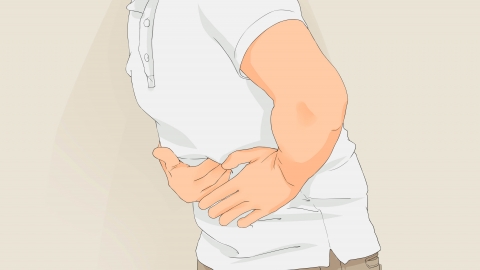What complications can occur after cholecystectomy?
Generally, cholecystectomy is a common surgical procedure, and potential complications may include postoperative bleeding, bile leakage, bile duct injury, gastrointestinal reactions, infection, etc. A detailed analysis is as follows:

1. Postoperative bleeding: Bleeding into the abdominal cavity or from the incision site may occur shortly after surgery. Intra-abdominal hemorrhage is usually caused by insecure ligation of blood vessels during surgery, manifesting as abdominal pain, bloating, palpitations, and pallor.
2. Bile leakage: Improper suturing of the cystic duct or bile duct during surgery may lead to bile leakage into the abdominal cavity, causing symptoms such as abdominal pain, fever, and abdominal tenderness. Mild bile leakage can be managed by placing a drainage tube to facilitate bile drainage, while severe cases may require surgical repair of the leak site.
3. Bile duct injury: The bile duct may be accidentally injured during the operation, leading to bile duct stricture or obstruction. Symptoms after surgery may include jaundice, abdominal pain, and fever. Mild injuries can be treated medically, while severe strictures may require surgical placement of a stent or bile duct reconstruction.
4. Gastrointestinal reactions: Patients may experience short-term gastrointestinal symptoms such as nausea, vomiting, bloating, and diarrhea after surgery. These are mostly due to surgical irritation causing disordered gastrointestinal motility or changes in bile excretion patterns. Symptoms typically gradually improve as the body recovers.
5. Infection: Incision site infections or intra-abdominal infections may occur after surgery. Incision infections present as redness, swelling, pain, and pus discharge at the wound site; intra-abdominal infections may cause abdominal pain, fever, and fatigue. Infections should be controlled through wound dressing changes and antibiotic use.
After surgery, patients should follow medical advice to gradually resume their diet, transitioning from liquid foods to normal diet, avoiding high-fat foods too early. Appropriate ambulation is recommended to promote recovery of gastrointestinal function. Regular follow-up tests including liver function and abdominal ultrasound should be conducted to monitor recovery progress and ensure smooth postoperative rehabilitation.




